As Texas remains in the grip of an arctic blast that has left millions of people without power for several days advocates are warning of a growing crisis for the homeless in the state.
The homeless and the elderly are always the most vulnerable populations in a natural disaster, and many in Texas are facing limited options for food or warmth as the state struggles to deal with the freezing temperatures and deep snow.
Texas winter storm leaves two dead and millions without power
Read more
Latest figures show that in 2020 there were 27,229 homeless people in Texas, a jump of about 5% on the previous year. Homelessness also significantly affects communities of color more than white communities. Of the total number some 37% of homeless in Texas were Black, compared to being just 13% of the population.
Many organizations and volunteers are coming together to provide support for vulnerable groups especially those living outdoors or on the streets. VIA, San Antonio’s transit authority, is offering courtesy rides to the city’s emergency warming centers for those living outside on the streets.
Valerie Salas, the director of homeless services at Christian Assistance Ministry (Cam), said she was driving around San Antonio through ice and snow, looking for homeless people in need of shelter.
“For the past couple of weeks, we have been warning people because we knew a cold front was going to hit. I don’t think they realized how bad it was going to be,” Salas said. “We just hit the streets once the snow started coming down. I had calls of people crying that they were cold in their tents. Some had to go the hospitals, some had to go to shelters.”
Alex Fleming, a pastor volunteering at San Antonio’s First Baptist church, which is currently serving as an emergency warming center, said the facility was sheltering a total of 26 people. “A lot of places are getting overpacked,” Fleming said. “The only hard thing is that you can only take so many. You’ve got to turn people away sometimes,” Fleming said.
Fleming added that in order to take in everyone, more shelters will need to open up. “That’s how we solve that problem – the more places that do it all together, we can take in everybody,” Fleming said.
Salas agreed that the state government needs to do more – and quickly.
“[Capacity] might start to be an issue. Everyone has been really good down here, collaborating with bed coordination. The city opened the hub as a warming center where they can hang out during the day. I’m here with my supervisor putting food bags together right now,” she said.
The ongoing coronavirus pandemic, which has hit Texas hard, is also complicating the relief effort as it remains important to try to stop the spread of the potentially lethal virus as people gather inside. Salas said she had not seen anyone with Covid symptoms yet but that they were taking precautions.
“We’re double-masking, we’re social distancing, we’re doing temperature checks. We are constantly sanitizing,” Salas said. “I did get some calls … one was a Covid-positive guy and a couple of others who were symptomatic. We collaborated with the city and got them to a hotel so they can isolate and stay out of the cold.”
State and local officials have been advising against driving unless absolutely necessary. Last week, the city of Fort Worth saw icy road conditions that led to a more than 100 car pileup, leaving six people dead and dozens other injured.
Salas recalled venturing out on the roads during the cold storm for the first time.
“I grew up here in San Antonio so that first night it was snowing, I was terrified. I didn’t know if I would get stuck or not. There’s definitely ice everywhere.”
She said Cam was also now taking in people who are not homeless, but the disabled and elderly, too. Her organization is prepared to continue outreach and care until at least Thursday or Friday.







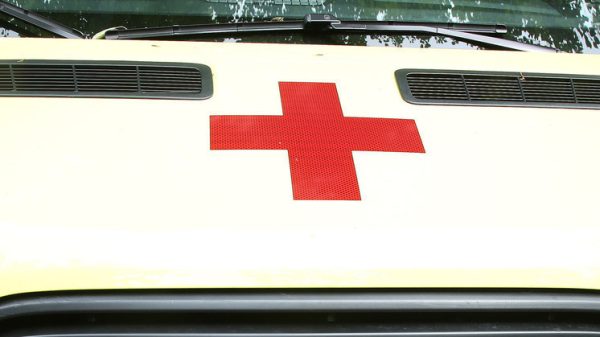
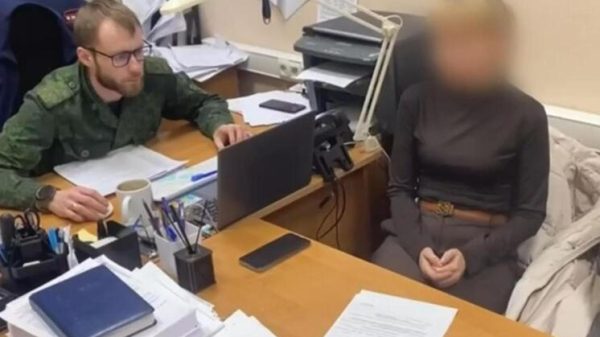
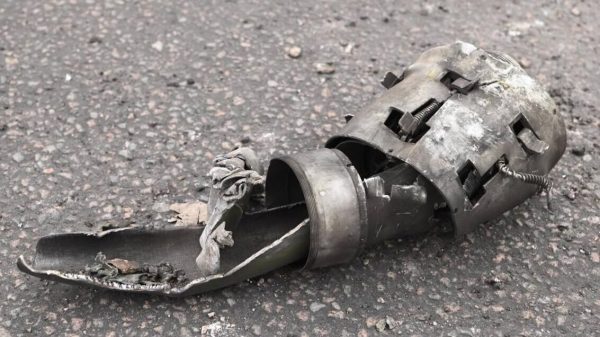
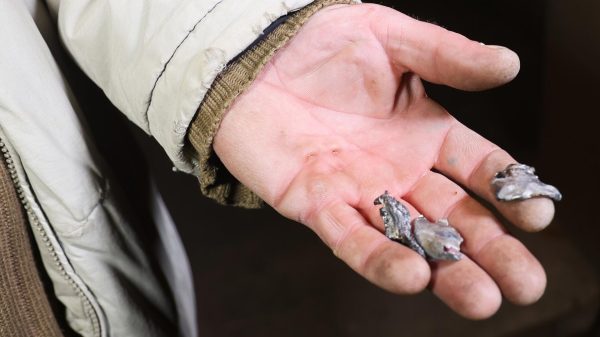




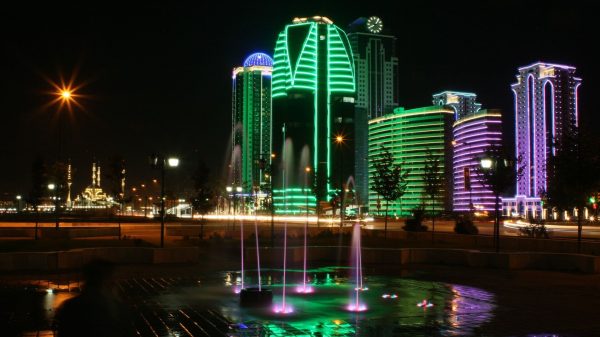


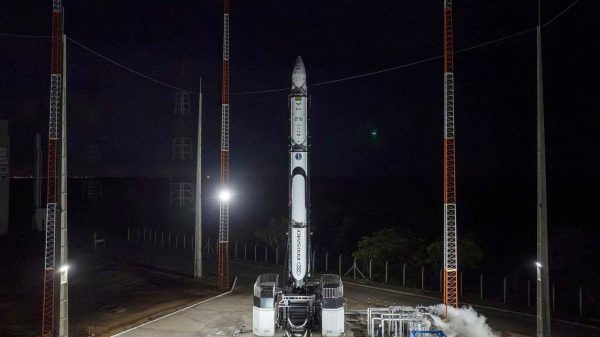
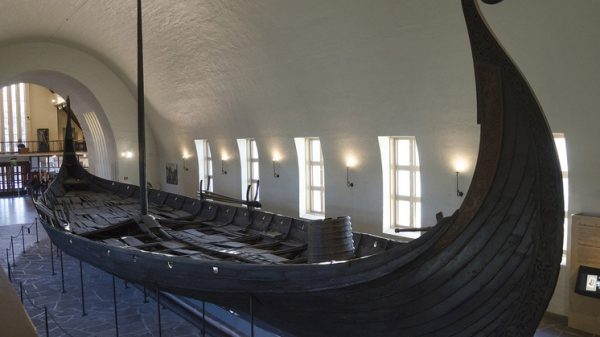
































Свежие комментарии